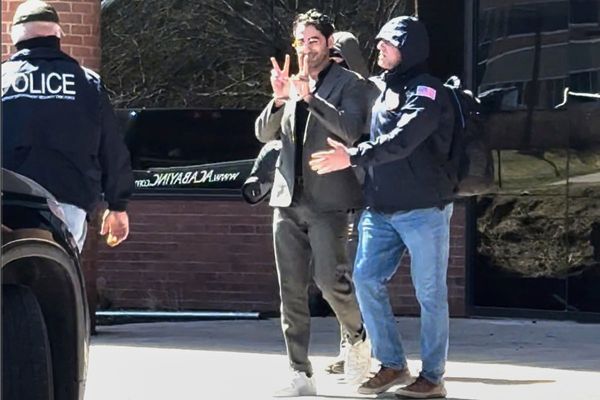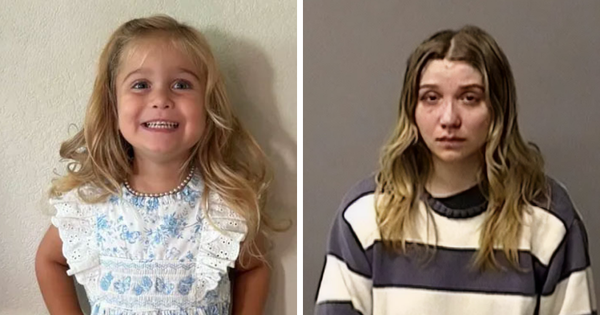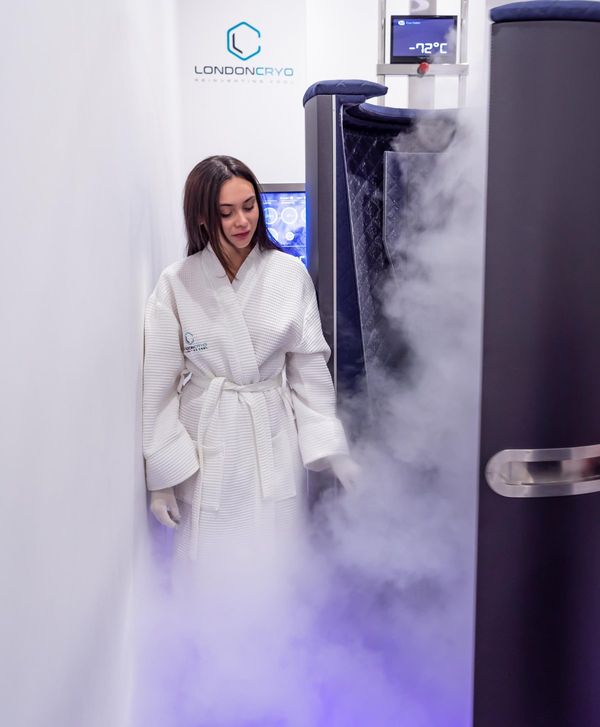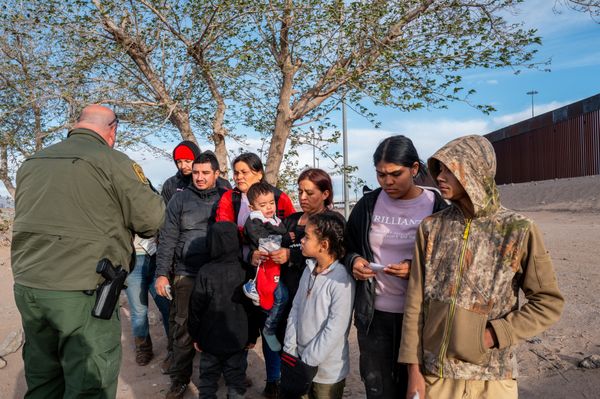
You name it, volleyball great Jordan Larson has probably done it.
After a showstopping collegiate career that included multiple Big 12 honors and a 2006 NCAA title, the Hooper, Neb., native and former Cornhusker medaled in four separate Olympics, notched gold medals across multiple world championships, including the Volleyball Nations League in 2018, ‘19, and ’21, and peppered her 15-year pro career with stints in Puerto Rico, Russia, Turkey and Italy. She is one of the most lauded women’s volleyball players in history, drawing comparisons to Tom Brady in terms of her prowess within the sport. She even spent time on the sidelines during a two-season coaching stint at her alma mater. And that’s not even scratching the surface.
Now, adding to an already stacked resume, Larson is a founding athlete of League One Volleyball (LOVB), a multi-level and intergenerational pro and club community that seeks to nurture female stars from their earliest days on the court to their professional debut and beyond. And with just days left in the league’s inaugural season, Sports Illustrated spoke with Larson in a wide-ranging Q&A covering LOVB itself, its upcoming finals (April 10, 11 and 13), and the growth of women’s volleyball overall.
Editor’s note: This conversation has been lightly edited for length and clarity.

Sports Illustrated: You’re a founding athlete at LOVB, stationed with the pro club based in Omaha. Could you speak a bit as to what made you want to be a part of this league?
Jordan Larson: I’ve been playing professionally for a really long time, and being able to play at home has always been something I wanted to do, but I never knew if it would be possible. Just doing a little more research on what LOVB provided, I really loved the youth-to-pro vision. I grew up in the club system, and I didn't know what it meant to be a pro or to be able to play for our national team. So now that there’s a direct line-of-sight for clubs associated with the pro team, I feel like our athletes can dream big and say, “Hey, I can go to college and then come back and play pro.” So that means a lot. And I think how LOVB is making its way through the community, too, really trying to create a good foundation and help the sport grow. Honestly, I feel like it's grown immensely, obviously, over the last couple years, but I think it’s going to continue to grow. And I really enjoyed that piece of it, as well.
SI: Outside of the fact that they are different sports, LOVB calls to mind comparisons to something like Unrivaled in how it spotlights both league veterans and young superstars. Could you speak to what you see as the similarities and differences between the two?
JL: It’s so interesting being overseas. I’ve played with a lot of international youth. When I first started playing, I was maybe mid-20s, and I’m playing with 18-year-olds because they don’t really have the college system. Now, being able to be back home, I’m playing with Lexi Rodriguez, who’s right out of college. I just coached her, and now I’m getting to play with her. It's interesting getting to understand how her mind thinks about the game, and then how I can help her think differently about the game, and how we can continue to bridge that gap. But it’s really fascinating that we are able to share a common language and a common point in our lives right now. So it’s really cool to see that all come together, even though we’re almost 10-15 years apart.
SI: Is there an obvious difference when you are communicating with players who are straight out of college versus those who have been pro for a while? Or is it player-dependent?
JL: I think it is player-dependent, probably more so. It’s interesting to see where things have become automatic to you. Being able to articulate, “Hey, we’ve got to see this here, and this has to lead to this.” But I also think that how I learned personally was watching a lot. So I think even being surrounded by some of the vets, young players can observe what it's supposed to look like and how we want it to be. ... But in general, I would say it’s player-dependent. It’s cool to just see their brains absorb it all, and be able to compete, too. I think a lot of girls retired [early], at least my generation. They played a few years overseas, and then they’d be done because they didn't want to be away from home. And so now it's cool to see how many people are going to stay in the sport.
SI: To that end, what can you tell me about the growth of women’s volleyball in your own words? Why do you think that has been the case, speaking as someone who has made a career playing this game?
JL: I think there is more youth playing. When I played club, for example, my club team only had two teams per age group. You were playing in an open division, and there was only one nationals. And now there are two different spots that people can go, and there are different flights, and I think some age groups have up to seven teams. It’s insane the amount of people that are playing. And I do think that, just in general, people and the media are getting behind women’s sports. It’s more present. Everybody asks me, “When you were growing up, who did you look up to?” And I was like, “Michael Jordan.” We didn’t really have female representation [in volleyball] in a place that could be seen. Now, females are being put at the forefront, and others are able to observe that and then maybe fall in love with the sport. ... Before, there wasn’t a clear line.
SI: Do you think any of the interest and growth has had to do with U.S. success at the Olympic level?
JL: Totally. On the Olympic side, I still think it’s still an unknown space, at least on the volleyball front, to some degree. We have been very good for quite a few years, medaling at the last five Olympics, but it's still a quiet space, to be honest. If you ask some of the youth, “Hey, who’s on the Olympic team?” I don’t know if they could name every single player. To me, that just shows that there’s still room for growth, and that winning gold definitely helped propel things, but that there's still this piece we’re missing.

SI: Bringing it back to LOVB's inaugural season, how has that gone for you? What have you enjoyed about it?
JL: For me, it has just been a place of immense gratitude. I get to drive 10 minutes to the gym from my house, my family gets to come to the games. I haven’t had that in years. And it’s almost foreign to me because you get so used to not having that, that it’s a different space that you have to adjust to. But it's been so cool. Just to hear the conversations around the town, in the city—they’re like, “What’s going on? When are you playing?” I haven’t experienced that in a really long time. So I am filled with immense gratitude, and so thankful for everyone wanting to invest. It’s a risk—I mean, we want it to succeed, and we think it will. But it’s still an unknown space that we’re trying to tap into.
SI: How have you experienced the growth of women’s sports overall in your career? What has that looked like and how has that manifested given your years of experience?
JL: I’m sitting at tables that I never thought I would be. Take the Women’s Sports Foundation, for example; I got to attend their gala, where I listened to Billie Jean King speak and had conversations with people who have really tried to push the sport forward. It’s cool to be able to be in that space. ... For me personally, that’s how I’ve experienced the growth. Being in different spaces where I’m having different conversations that are along those lines. And then obviously I came back and coached, and just seeing the excitement around Nebraska volleyball and how much that has grown from when I was in school. When you’re overseas, you’re in your own world and you’re not really paying attention to what's going on. You’re just trying to do your job. Coming back, it’s been really cool to see the immense growth.
SI: What was the transition from athlete to coach like for you? Did any piece of it shock you as particularly difficult?
JL: When I think about myself as a player, most of the time I’m not coaching, because I’m not telling people what to do. It’s more about what I see. And then when I went to the coaching side, I thought, “How do I teach people how to see the right things?” The narrative kind of switches. And so I think both sides have had a layer of curiosity. Can I remain curious as a player? How can I remain curious as a coach? And how can those things intertwine? It’s a nice dance, and I think that both have good lessons.
When I coach, I err on the side of ... I wouldn’t say letting athletes figure it out, but they have to be able to experience and make their own decisions. How can you get them thinking the right thing? And to some degree, as a coach, I have all the answers. I can see things, I can articulate, I can do, but my job is to teach them how to see the right things. I think it's been really, really interesting. Interesting to see then how that translates back into playing. What can I do now to help someone feel like their best self?
SI: Did you find that being a coach made you a better player?
JL: Totally. I really do think that. As an athlete, I’ve always wanted to know the “why.” If the coach is doing something, I want to know why we’re doing it and how it's going to benefit us or benefit me. And so I probably ask way too many questions, but in service of getting to a place of really understanding and being OK with what’s in my control as an athlete. And then the same thing if I am coaching—how can I streamline communication to players in a way that is most efficient?
SI: What do you find to be very special, or maybe very unique, about women’s sports?
JL: I think the empowerment piece. Watching women stand on their own. And knowing that we can do it just as well as men. Watching women explore themselves and find themselves and who they are within the sport. I think sport teaches you a lot about how you communicate and how you want to show up in the world, or how maybe this actually isn’t the right thing for you. ... There’s this underlying layer of confidence that comes from being surrounded by a lot of powerful women, and so I think it’s just really cool to see each individual person explore that space and then be able to step into that, whether that’s in sport or later translated into something else.
SI: So much of your game is mental. How have you maintained that ability to strengthen your mind throughout your entire career? And what does that look like?
JL: We’ve been lucky on the national team that we’ve been surrounded by well-known sports psychs. Mike Gervais, Ken Ravissa and a couple of others. I also have a personal one that I talked to. His name is Larry Widman; he wrote Max Out Mindset and he’s local here. When I first got to Nebraska, it was not spoken about to some degree, but I had met with a sports psych at that time to try and understand, “Hey, I’m feeling a certain way, how do I offset this?” But I don't think I got super curious about it until my first year on the national team. As I geared up for my first Olympics, I spoke to another outside resource to get a grip on, “OK, I’ve been practicing all these tools, but then once the moment hits, what do I do to prepare myself? Like, how can I truly still enjoy the moment? How can I remember that I’ve put in the work and it’s all going to be okay?” I feel like that set a great foundation for me of how crucial the mental game is.
So any time I’m feeling a bit of a lull, I try to catch it before it happens. That way I can understand how to work myself out of it. But the biggest tool I’ve learned is being able to just acknowledge where you are and that it’s real. If you’re feeling down or you're having fear, it’s okay. And next is determining what you need, whether that’s talking to someone, whether that’s a technical thing, whether that’s watching more film, or whether that’s rest and recovery. Being able to acknowledge what you do need in that moment and then be able to move through it. As long as you don’t sit in it for too long, you can usually get out of it.

SI: In terms of female athletes, who are you watching and who are you inspired by right now?
JL: I would say the Caitlin Clark effect, right? What she did in Iowa, and the transition into the WNBA? It’s hard. I also just listened to an interview about [UConn women’s basketball coach] Geno Auriemma talking about one of his players and the impact she had. With all the pressure that people are putting on these young athletes now, the attention is great, but what they have to deal with is far more than what I've ever had to experience. And so I think watching them navigate that is awe-inspiring. It’s very cool.
SI: If somebody were to come to you and say, “I want to get more into women’s volleyball.” Where would you point them and, who do you think they should watch and follow?
JL: Obviously I think LOVB is a great place to start and it's at the highest level. But also we have really good college teams across the United States, and you can find them in pretty much all major cities. Going to those is huge. I also think LOVB does a good job of trying to understand and educate the new fan. We’re trying to figure out how we can make it more inviting for new people to come and for them to understand what's actually happening. Like, why is someone wearing a different color jersey, and why does somebody not go to the front row? There are a lot of nuances that maybe the newer fan doesn’t know.
SI: With the LOVB finals coming up, what is your pitch to get more people in on the action?
JL: It’s just really high-level volleyball. And I don’t mean to say this lightly, but any team can win. I know there have been teams that have been successful over the season, but I think it’s anyone's game when it comes to the finals, and I feel like all teams are pretty equally matched. And I think it’s cool to see some of our younger athletes mix with our older athletes and national team players/Olympians playing at the highest level.You’re gonna see really good, really great volleyball and just really competitive energy.
SI: How do you destress?
JL: I get a lot of massages. And honestly, even just downtime, like a nice dinner with friends. But I’m actually a very volleyball person. I can talk about it all the time. Downtime is good, but I enjoy high performance, too. If I meet someone who is at the top of their game, even in business, I want them to tell me what makes them great. I really enjoy those conversations. That fuels my fire to know more about how I can control my surroundings.
SI: Knowing what you know now, what advice would you give to someone coming out of college and thinking of making the transition into a pro career?
This article was originally published on www.si.com as Volleyball Great Jordan Larson Feels at Home with LOVB Omaha.







